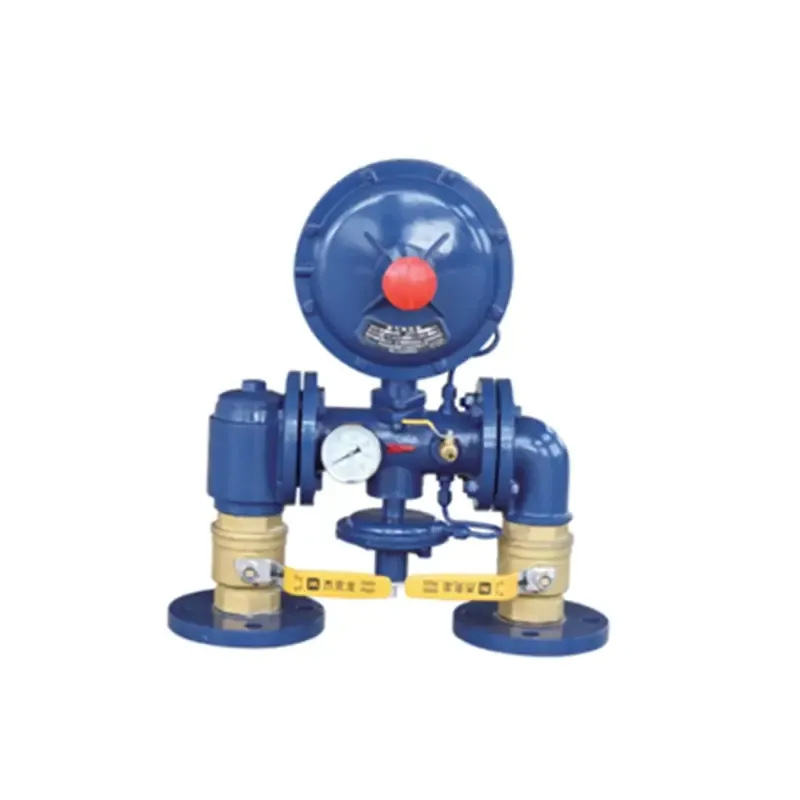
Jul . 30, 2024 20:37
Back to list
Thermal Exchange Mechanisms and Their Applications in Gas Processing Systems Explained in Detail
Heat Exchangers for Gases An Overview
Heat exchangers are vital components in various industrial processes, enabling efficient thermal energy transfer between two or more fluids. When discussing heat exchangers specifically designed for gases, it is essential to understand their types, applications, and operational principles. This article provides an overview of gas heat exchangers, illustrating their importance in energy conservation and management.
Types of Heat Exchangers for Gases
There are several types of heat exchangers tailored for gas applications, each with unique designs and functionalities. The most common types include
1. Shell and Tube Heat Exchangers This design features a series of tubes, one set carrying the hot gas and the other the cold gas. The heat is transferred through the tube walls. Shell and tube heat exchangers are known for their durability and are widely used in power plants and chemical processing.
2. Plate Heat Exchangers Comprising multiple thin plates stacked together, this type efficiently transfers heat between two gases. They offer a high surface area for heat transfer, making them efficient and compact. Plate heat exchangers are often used in food processing and HVAC applications.
3. Air-Cooled Heat Exchangers Commonly found in refineries and petrochemical plants, these exchangers utilize air to remove heat from a process gas. They consist of finned tubes that increase the surface area exposed to air, enhancing the heat transfer efficiency.
4. Regenerative Heat Exchangers In these systems, heat from the hot gas is stored temporarily in a thermal mass before being transferred to the cold gas. This design is particularly efficient for processes with fluctuating temperature needs.
.
Heat exchangers for gases are used in a variety of industries, reflecting their versatility. Key applications include
مبادل حراري للغاز

- Power Generation In thermal power plants, gas heat exchangers play a critical role in recovering waste heat from exhaust gases. This heat can be reused to generate steam for turbines, improving overall efficiency.
- Chemical Processing Many chemical processes involve reactions that release or consume heat. Gas heat exchangers help maintain optimal reaction temperatures by facilitating effective heat transfer between various streams.
- Air Conditioning and Refrigeration In HVAC systems, gas heat exchangers are essential for transferring heat from indoor air to the outside environment, contributing to efficient climate control.
- Environmental Protection Gas heat exchangers are instrumental in waste heat recovery systems, helping industries reduce emissions and energy consumption by recycling heat energy.
Operational Principles
The basic operational principle of a gas heat exchanger revolves around the second law of thermodynamics, where heat naturally flows from a hotter substance to a cooler one. When a hot gas passes through a heat exchanger, it transfers some of its thermal energy to the cooler gas passing in the opposite direction. This counterflow arrangement allows for maximum efficiency, as the temperature difference between the two gases is maintained throughout the exchanger's length.
In addition to the design, several factors influence the efficiency of gas heat exchangers, including surface area, flow arrangement, and the properties of the gases involved. Engineers often optimize these factors to enhance performance and ensure effective energy transfer.
Conclusion
Gas heat exchangers are crucial in modern industrial applications, promoting energy efficiency and sustainability. Their diverse designs cater to various needs, from power generation to environmental conservation. As industries continue to prioritize energy efficiency amid rising energy costs and environmental concerns, the importance of efficient heat exchangers for gases will only grow, paving the way for advancements in technology and engineering practices.
Latest news
-
Safety Valve Spring-Loaded Design Overpressure ProtectionNewsJul.25,2025
-
Precision Voltage Regulator AC5 Accuracy Grade PerformanceNewsJul.25,2025
-
Natural Gas Pressure Regulating Skid Industrial Pipeline ApplicationsNewsJul.25,2025
-
Natural Gas Filter Stainless Steel Mesh Element DesignNewsJul.25,2025
-
Gas Pressure Regulator Valve Direct-Acting Spring-Loaded DesignNewsJul.25,2025
-
Decompression Equipment Multi-Stage Heat Exchange System DesignNewsJul.25,2025

